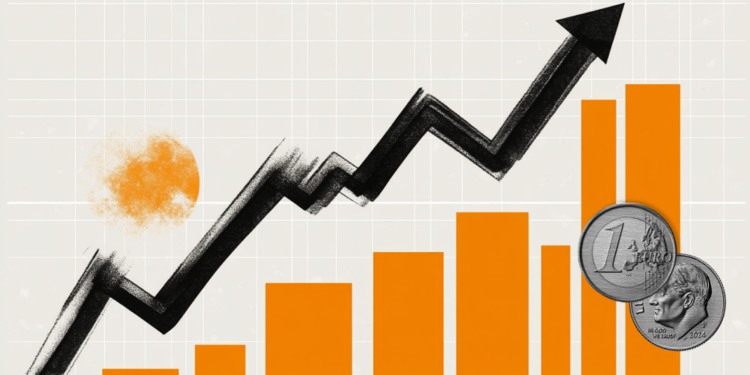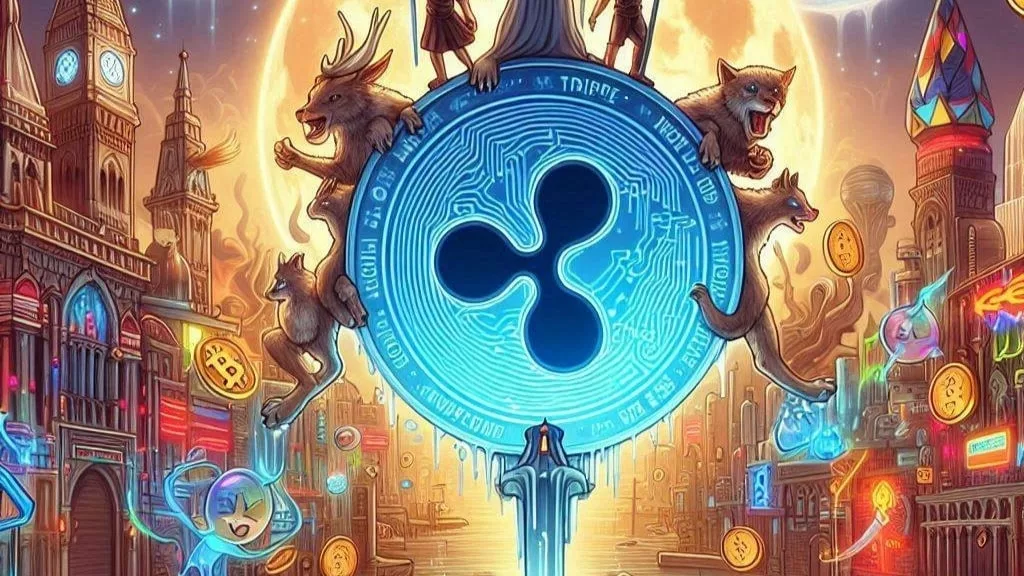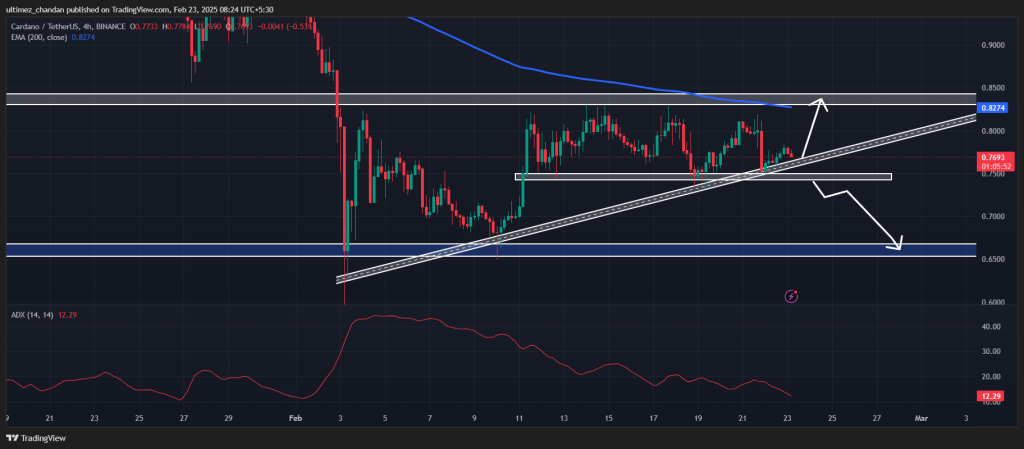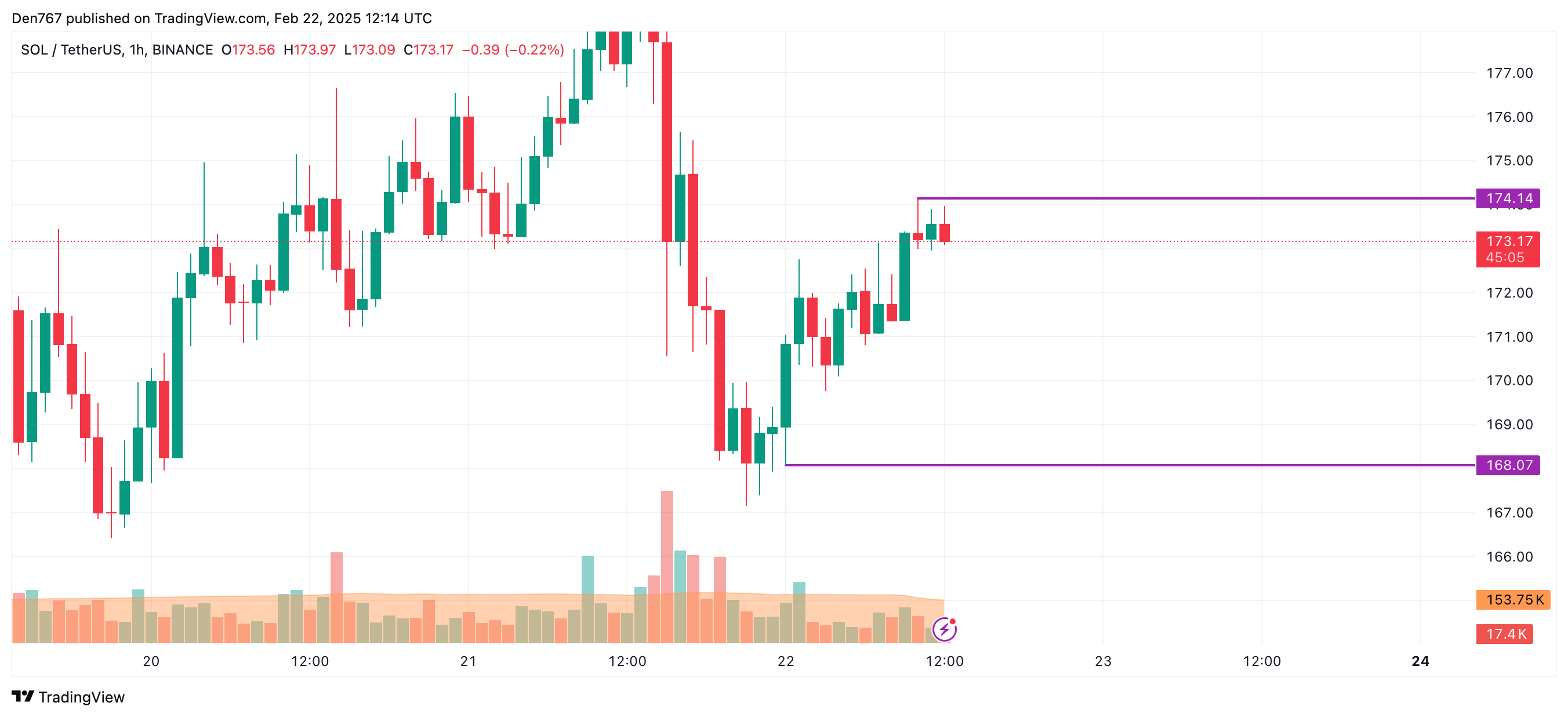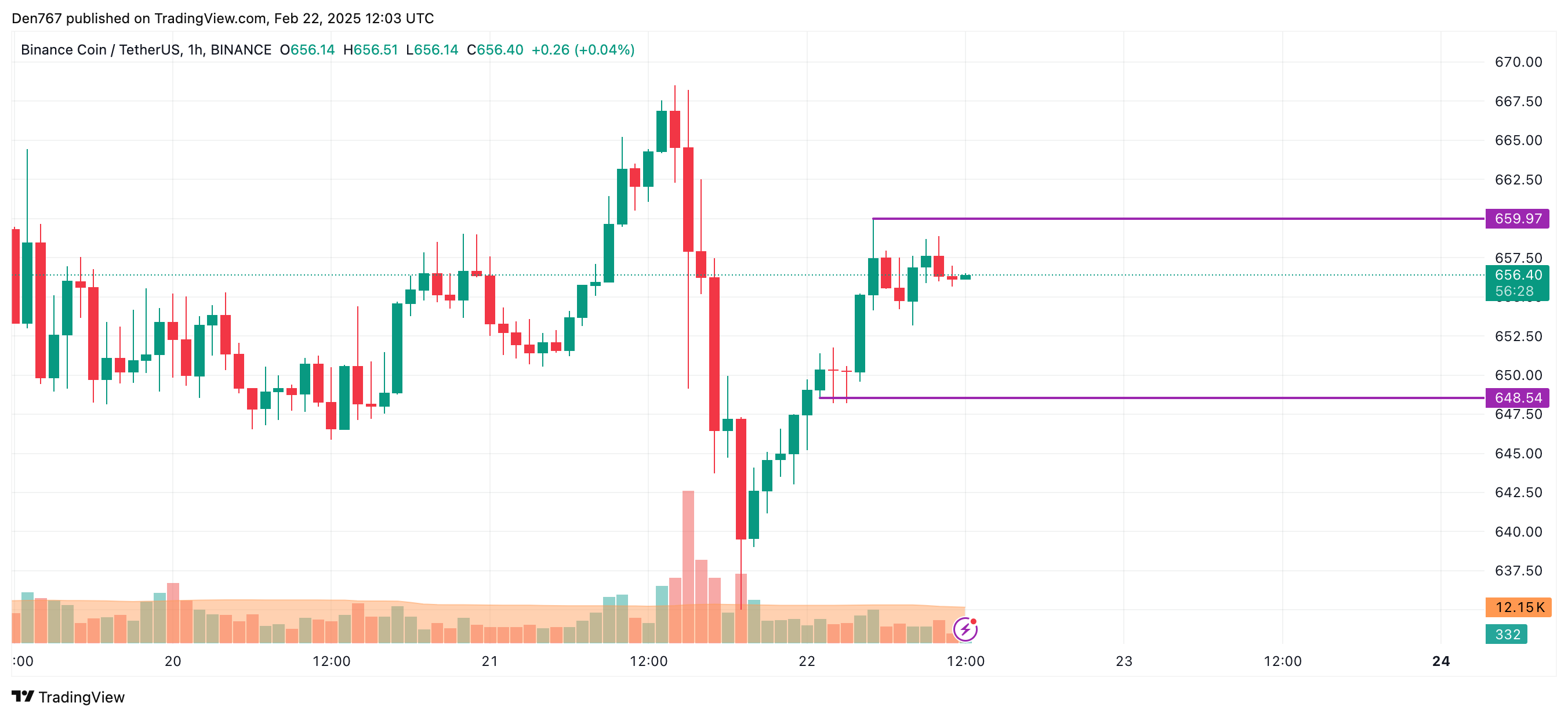Category: Forex News, News
Euro stays near key resistance area ahead of PMI data
- EUR/USD holds steady near 1.0500 after posting strong gains on Thursday.
- Investors await preliminary February PMI data from Germany, the Eurozone and the US.
- Profit-taking ahead of the German election could ramp up the pair’s volatility heading into the weekend.
EUR/USD gathered bullish momentum and climbed above 1.0500 on Thursday, as the US Dollar (USD) came under heavy selling pressure. The pair holds steady at around 1.0500 in the European morning on Friday as investors await preliminary February Purchasing Managers’ Index (PMI) data.
Euro PRICE This week
The table below shows the percentage change of Euro (EUR) against listed major currencies this week. Euro was the strongest against the Canadian Dollar.
| USD | EUR | GBP | JPY | CAD | AUD | NZD | CHF | |
|---|---|---|---|---|---|---|---|---|
| USD | -0.05% | -0.68% | -1.07% | 0.06% | -0.61% | -0.72% | -0.14% | |
| EUR | 0.05% | -0.48% | -1.03% | 0.21% | -0.47% | -0.57% | 0.01% | |
| GBP | 0.68% | 0.48% | -0.46% | 0.70% | 0.06% | -0.09% | 0.49% | |
| JPY | 1.07% | 1.03% | 0.46% | 1.13% | 0.48% | 0.55% | 0.89% | |
| CAD | -0.06% | -0.21% | -0.70% | -1.13% | -0.65% | -0.79% | -0.21% | |
| AUD | 0.61% | 0.47% | -0.06% | -0.48% | 0.65% | -0.09% | 0.49% | |
| NZD | 0.72% | 0.57% | 0.09% | -0.55% | 0.79% | 0.09% | 0.58% | |
| CHF | 0.14% | -0.01% | -0.49% | -0.89% | 0.21% | -0.49% | -0.58% |
The heat map shows percentage changes of major currencies against each other. The base currency is picked from the left column, while the quote currency is picked from the top row. For example, if you pick the Euro from the left column and move along the horizontal line to the US Dollar, the percentage change displayed in the box will represent EUR (base)/USD (quote).
The USD Index, which tracks the USD’s valuation against a basket of six major currencies, declined sharply on Thursday. The US Department of Labor reported that the weekly Initial Jobless Claims rose to 219,000 from 214,000. Moreover, the benchmark 10-year US Treasury bond yield dropped below 4.5%, further weighing on the USD.
HCOB Composite PMI in Germany and the Eurozone are both forecast to come in above 50 in February’s flash estimate and show an ongoing expansion in the private sector’s business activity. In case one of these PMIs drop into the contraction territory below 50, the Euro could have a hard time finding demand.
In the second half of the day, S&P Global will publish the Manufacturing and Services PMI reports for the US. If the Services PMI comes in above the market expectation of 53, the USD could gather strength with the immediate reaction.
It’s worth mentioning that Germany is preparing for a general election to the Bundestag, the lower house of its parliament, on February 23. Investors could opt to book their profits toward the end of the European session and trigger a leg lower in EUR/USD.
EUR/USD Technical Analysis
The Relative Strength Index (RSI) indicator on the 4-hour chart holds above 60, suggesting that the bullish bias remains intact. On the upside, 1.0500-1.0510 (round level, Fibonacci 78.6% retracement of the latest downtrend) aligns as the first resistance area before 1.0550 (static level) and 1.0600 (beginning point of the downtrend).
In case EUR/USD fails to stabilize above 1.0500-1.0510, buyers could hesitate. In this scenario, supports could be seen at 1.0440 (Fibonacci 61.8% retracement), 1.0390-1.0400 (100-period Simple Moving Average (SMA), 50-day SMA, Fibonacci 50% retracement of the latest downtrend) and 1.0375 (200-period SMA).
Euro FAQs
The Euro is the currency for the 19 European Union countries that belong to the Eurozone. It is the second most heavily traded currency in the world behind the US Dollar. In 2022, it accounted for 31% of all foreign exchange transactions, with an average daily turnover of over $2.2 trillion a day. EUR/USD is the most heavily traded currency pair in the world, accounting for an estimated 30% off all transactions, followed by EUR/JPY (4%), EUR/GBP (3%) and EUR/AUD (2%).
The European Central Bank (ECB) in Frankfurt, Germany, is the reserve bank for the Eurozone. The ECB sets interest rates and manages monetary policy. The ECB’s primary mandate is to maintain price stability, which means either controlling inflation or stimulating growth. Its primary tool is the raising or lowering of interest rates. Relatively high interest rates – or the expectation of higher rates – will usually benefit the Euro and vice versa. The ECB Governing Council makes monetary policy decisions at meetings held eight times a year. Decisions are made by heads of the Eurozone national banks and six permanent members, including the President of the ECB, Christine Lagarde.
Eurozone inflation data, measured by the Harmonized Index of Consumer Prices (HICP), is an important econometric for the Euro. If inflation rises more than expected, especially if above the ECB’s 2% target, it obliges the ECB to raise interest rates to bring it back under control. Relatively high interest rates compared to its counterparts will usually benefit the Euro, as it makes the region more attractive as a place for global investors to park their money.
Data releases gauge the health of the economy and can impact on the Euro. Indicators such as GDP, Manufacturing and Services PMIs, employment, and consumer sentiment surveys can all influence the direction of the single currency. A strong economy is good for the Euro. Not only does it attract more foreign investment but it may encourage the ECB to put up interest rates, which will directly strengthen the Euro. Otherwise, if economic data is weak, the Euro is likely to fall. Economic data for the four largest economies in the euro area (Germany, France, Italy and Spain) are especially significant, as they account for 75% of the Eurozone’s economy.
Another significant data release for the Euro is the Trade Balance. This indicator measures the difference between what a country earns from its exports and what it spends on imports over a given period. If a country produces highly sought after exports then its currency will gain in value purely from the extra demand created from foreign buyers seeking to purchase these goods. Therefore, a positive net Trade Balance strengthens a currency and vice versa for a negative balance.
Written by : Editorial team of BIPNs
Main team of content of bipns.com. Any type of content should be approved by us.
Share this article:

